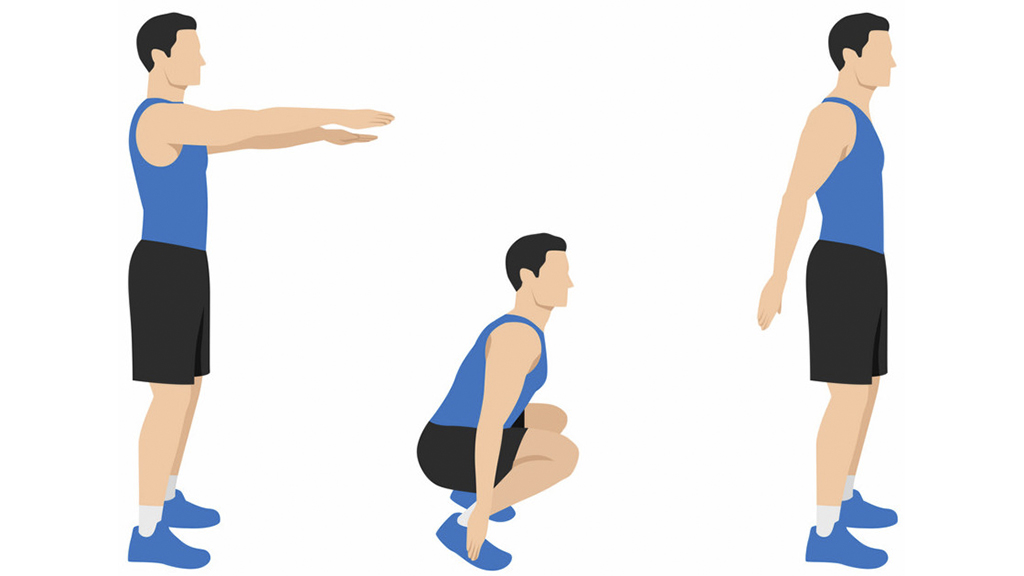While Western workouts have affected current fitness patterns in India, traditional exercise and physical conditioning have served as a source of encouragement for fitness practitioners on the far side of the world. Yoga is a perfect illustration of this overlap, as it only gained popularity in our country after it was recognised in the West.
Meditation practices, as well as grappling (kushti) and many other training activities, have been famous in India for millennia. The mud pits in which India’s legendary wrestlers like Dara Singh or Gama cut their gums, or the kabaddi participants who promoted the sport, were consigned to the annals of history until the adoption of modern athletes winning trophies at global affairs, and the glamorized variants of kabaddi becoming television staples.
The distinction among Hindu squats and normal squats:
Even though the exercise of Hindu squats look to be more severe than the conventional form, there isn’t much of a variations between the two. Traditional squatting do not require a complicated approach and can be executed by anybody with strong knees, but in case of Hindu squats contain a more accentuated action, which is traditionally done by pehelwans or combatants. The distinction may be seen in the preceding motions:
- Feet are nearer together in case of Hindu squats and somewhat broader in normal squats.
- The fundamental squat workout involves no physical movement of the arms. Hindu squats, on the other hand, allow you to strengthen shoulders by swinging your arms.
- Except for Hindu lunges, all other squatting varieties are conducted with slower motions.
The Advantages of Hindu Squats
The Hindu squat or Bethak is intriguing in that it uses an already kinesthetic awareness (the squat) and improves on it. The foregoing are among the benefits of performing Hindu squats using proper form and rehearsal:
Unlike calibrated squats done with a deadlift next to you, the Hindu squat could be conducted without any devices; wrestlers favour to do it barefoot. Despite this, it results in an equivalent increase in strength and greater muscle. As a complex exercise, it works the buttocks, hamstrings, ankles, thighs, core, and shoulders.
Weight reduction is still a top objective for the most of gym-goers. Higher strenuous activities need more energy from the body, leading to a loss of carbs and lipids.
This is an excellent lower-body training that improves blood blood flow in the body. Working the bigger muscles in the thighs, like other forms of the squat, increases testosterone levels through improving circulation of blood. Improved blood flow also aids in the prevention of cardiovascular disorders including heart problems and cardiac arrest.
Conclusion
To be successful, the Hindu squat demands more proprioception. Once you’ve mastered the proper technique and stance, you should be able to execute multiple reps without stopping. Dynamic exercises like the Hindu squat improve overall body balance.
